This project was our team's entry for the Philly Codefest 2025's
Advanced category, and we also competed in the "For Social Good"
category. We were only given 24 hours in total to work on and finish our
project. Although we did not win, I am very proud of our efforts and our
product.
Our Resnet-18 model was trained with PyTorch and CUDA using 10,000
images over 50 epochs to classify 7 different types of skin lesions.
Using gradient descent and cosine annealing, we achieved an accuracy of
around 88%. After training our model, we built a website using FastAPI
to receive user images, and produce model images in real-time. Using
OpenAI in combination with our model, we were also able to produce
accurate diagnoses for patients and doctors. Above is the link to the
GitHub page which also contains instructions for setting up and running
the application, although it shouldn't work as it doesn't have a key to
use OpenAI anymore. Below are images of our team, the pitch for our
product, pictures from our finished website, and images for our model.
OUR TEAM
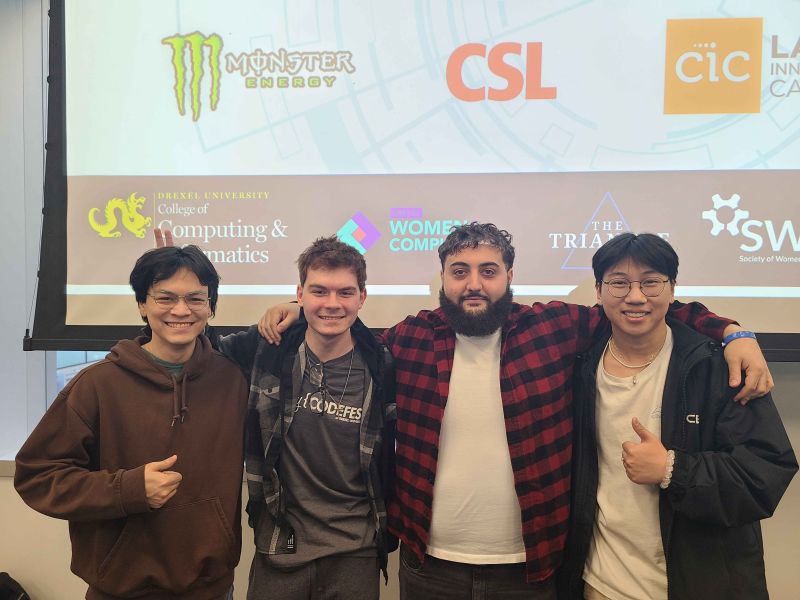
Forgive my appearance, I was on about 2 hours of sleep and no shower :(
PITCH
Millions around the world lack access to dermatologists, leading to late
diagnoses of serious skin conditions. Our AI-powered skin lesion
detection app bridges this gap by providing instant, affordable, and
accessible skin analysis. Simply upload a picture, and our technology
predicts potential concerns—empowering early detection, especially in
underserved communities. With this tool, we’re bringing life-saving
dermatological insights to those who need them most.
Our model is trained on the HAM10000 dataset, which comprises data on
seven different types of skin lesions, curated by medical professionals.
We fine-tuned a PyTorch implementation of ResNet18 over 50 epochs,
incorporating noise filtering during each training pass to overcome the
challenges posed by the small dataset. These efforts have enabled us to
achieve an accuracy rate of approximately 90% on our test evaluation.
WEBSITE PICTURES

Website Home Page
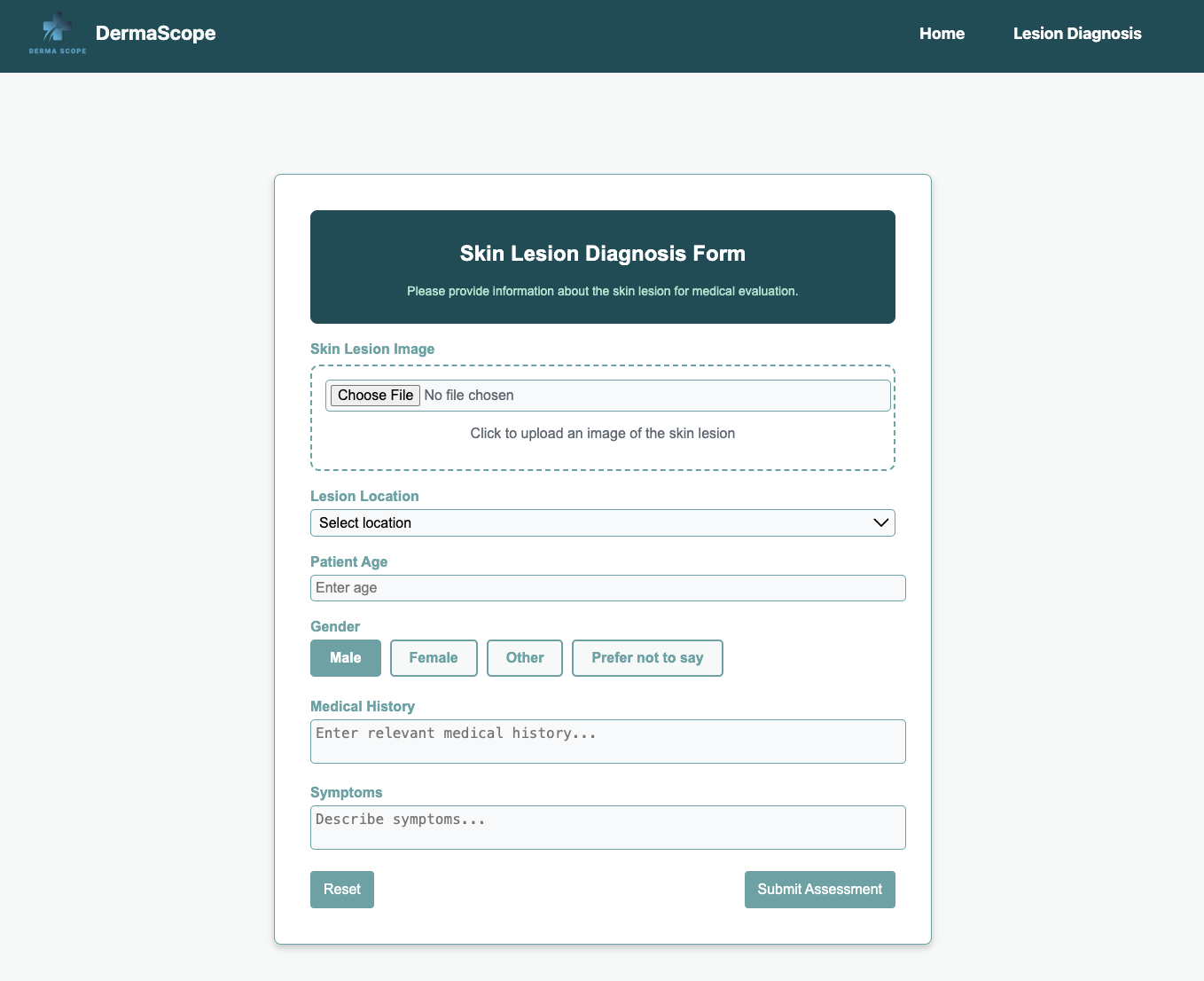
Patient Form
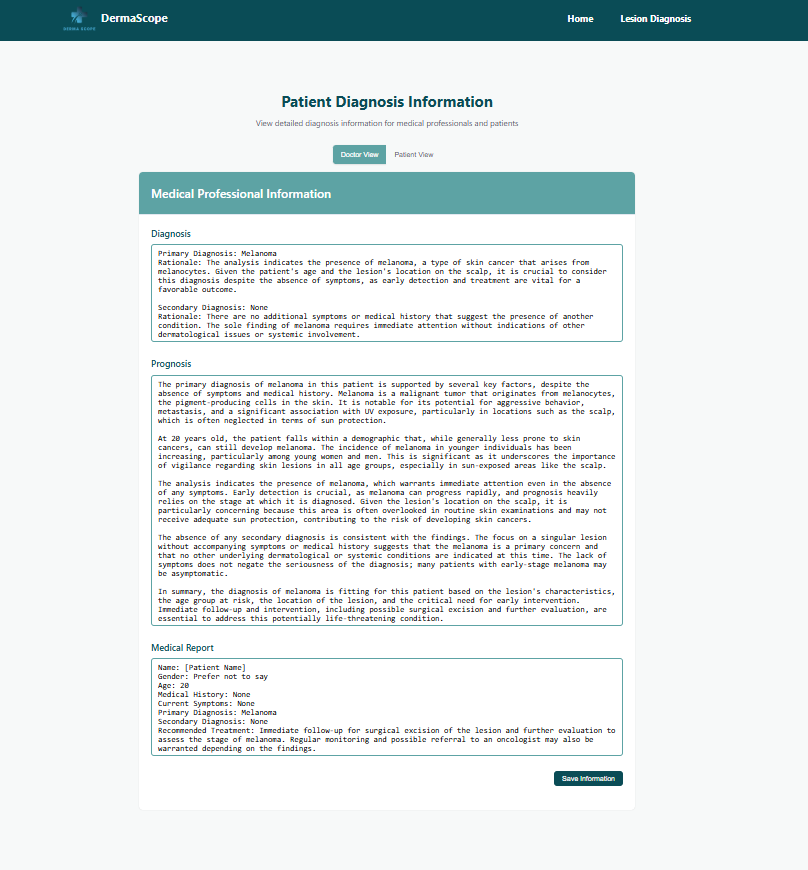
Doctor Diagnosis View
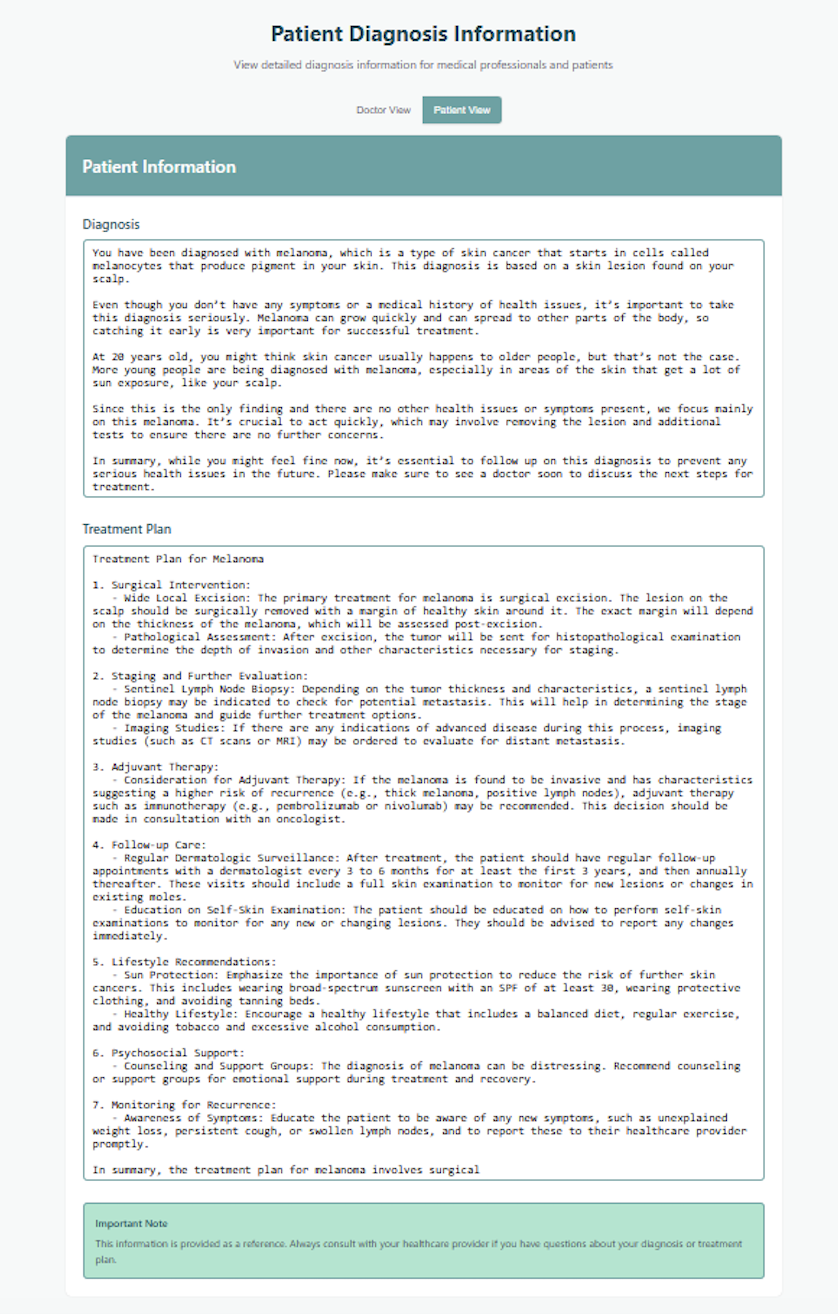
Patient Diagnosis View
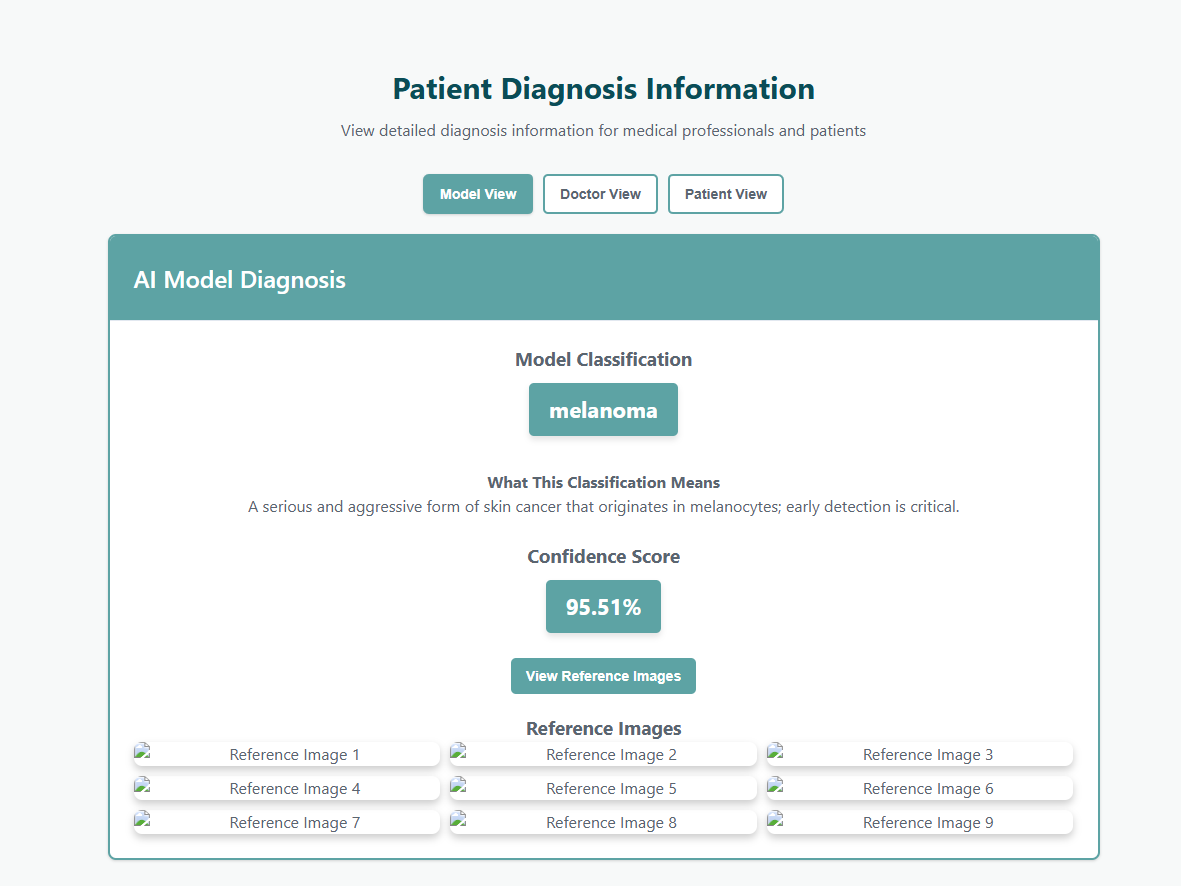
Model View for Diagnosis
MODEL IMAGES
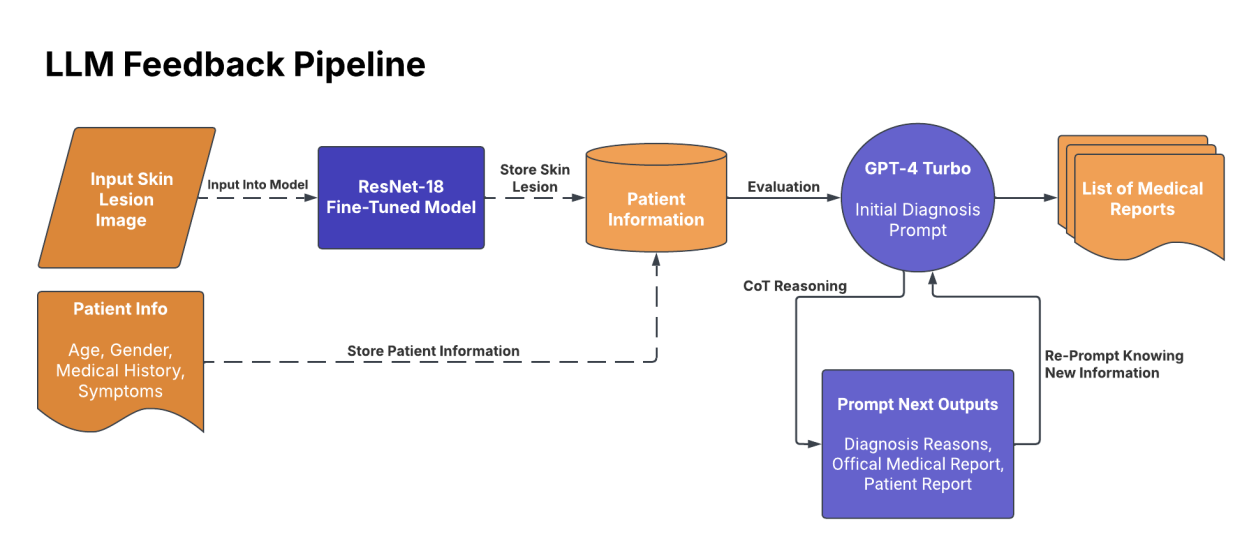
Report Pipeline
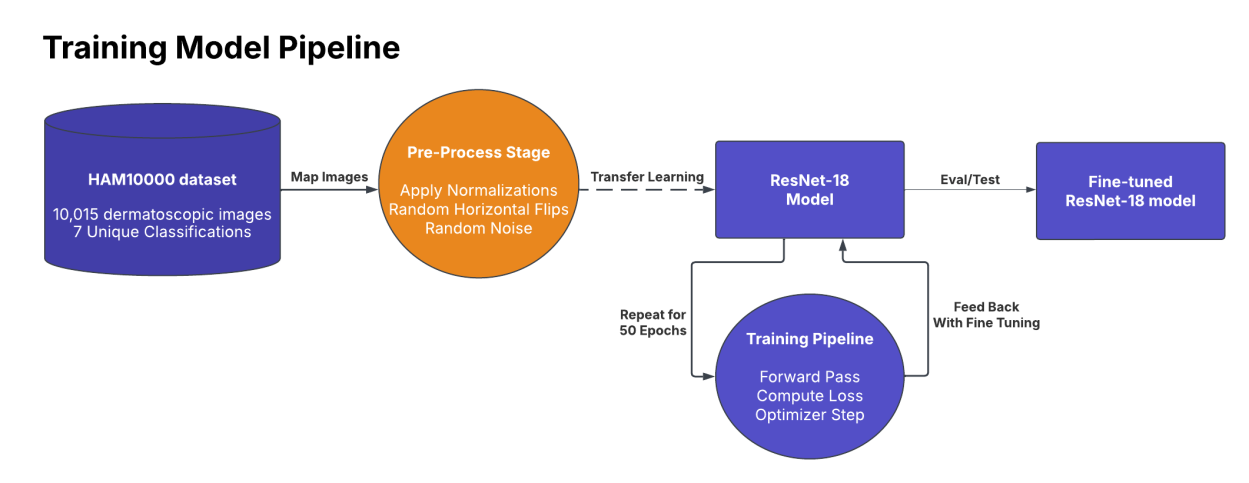
Model Architecture
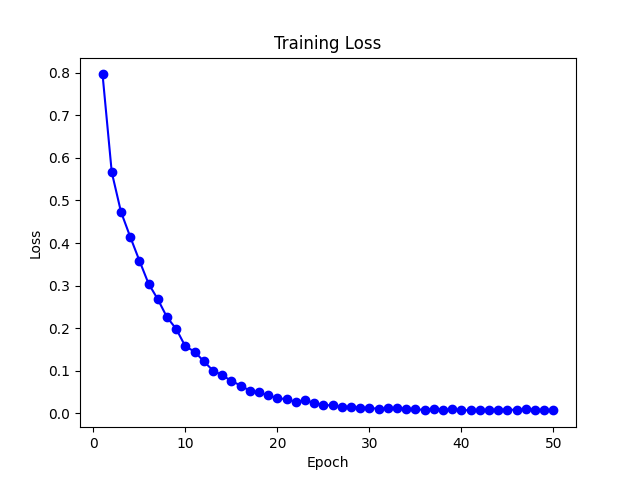
Training Loss
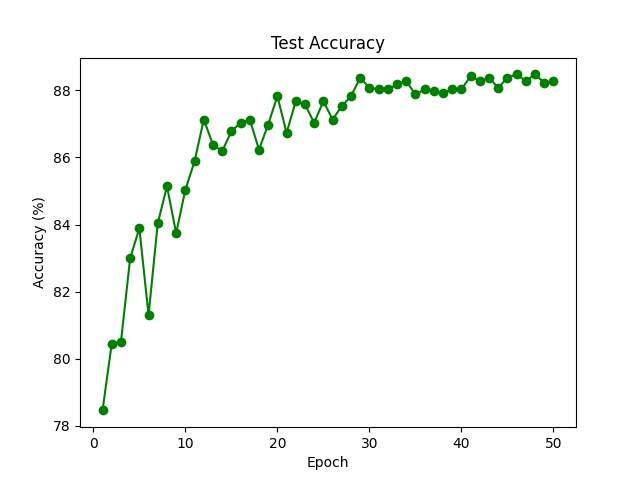
Test Accuracy